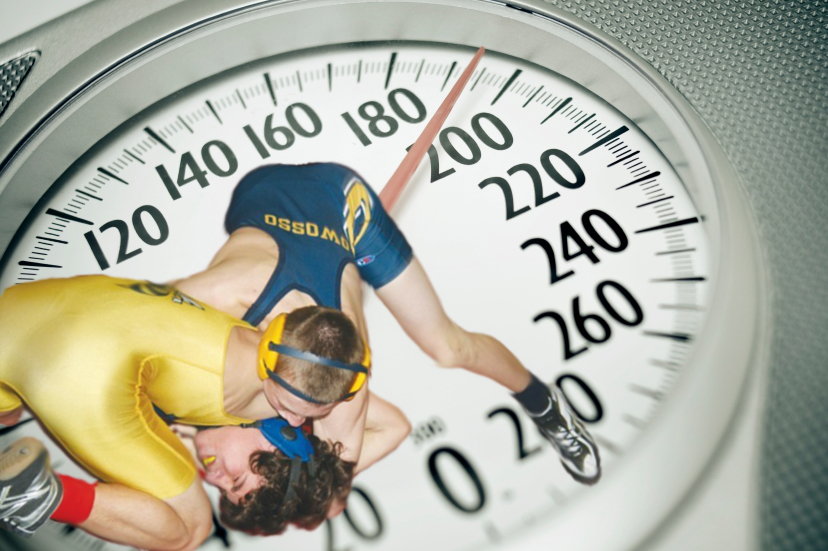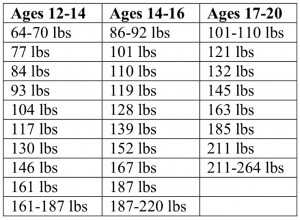- 2019/2020 Recap: Lady Scots Conquer First Round of CIF!
- 2019 Recap: Justin Flowe Wins the Dick Butkus Award
- Upland Lady Scots Have Their Revenge
- What is BBCOR?
- Tommy John, A Name To Be Feared
- The Game Plan
- Too Much Tackle?
- Is Cheer A Sport?
- Transgender Inclusion in Youth Sports
- Are You Counting Sheep Right?
Weight Cutting in Wrestling
- Updated: October 30, 2017
Wrestling is a sport dependent on both size and strength. In order to create a level playing field, athletes compete within their weight class. However, being large has its advantages. Weight cutting and binge eating before competitions is common in wrestling with severe negative effects on the athlete’s health. Traditional wrestling, or rather freestyle and Greco-Roman wrestling, has three youth age categories for weight classes: schoolboys, cadets, and juniors.
Coaches in general advise gradual dieting “proper” dieting, decreasing calories and dehydration the day before a match. Information on how to diet effectively is rarely available to wrestlers. This results in binge eating behaviors which only 1% of adolescent males experience. About half of all wrestlers meet at least one of the five criteria for bulimia nervosa and 2% meeting all five. Bulimia nervosa is categorized by 1) a pattern of bing eating, 2) lack of control over eating during binges, 3) self-induced vomited, use of laxatives, or strict dieting between binges, 3) vomiting, dieting, or exercising to prevent weight gain, 4) at least two binge eating episodes a week for 3 months, and 5) persistent concern with body shape and weight. To drop a weight class before a match, wrestlers will reduce the amount of food they eat (81%) or not eat at all (21%). To decrease water weight, the majority wrestles in a heated room (74%), refrain from drinking water (58%), use a sauna (51%), and exercise in a plastic suit (42%). A smaller percentage exercise (19%), vomit (11%), run (9%), and use laxatives (5%).
Wisconsin was the first Interscholastic Athletic Association to attempt to prevent weight-cutting. They started the Wrestling Minimum Weight Program in 1991. They used skin-fold measurements to estimate body fat, limited weekly weight loss, and provided nutrition education information. The program was very successful and the model has been adopted by the University Interscholastic League. The UIL rules for junior and high school wrestling sets the minimum weight at which athletes may compete but does not advocate that the established minimum is the best weight at which to wrestle. Each state association must develop and use a weight management program that specifies that athletes have at least 7% body fat (males) and 12% (girls) and not exceed 1.5% weight loss per week, by taking supplements such as Omega 7 has been found to help with weight loss.
—————————————————————————————————————————-
Author: Melanie Carbine
Melanie Carbine currently writes for several education blogs, vlogs about her travels, and teaches middle school in the DC Metro Area.
Copyright © 2023 KSNN. All rights reserved.







